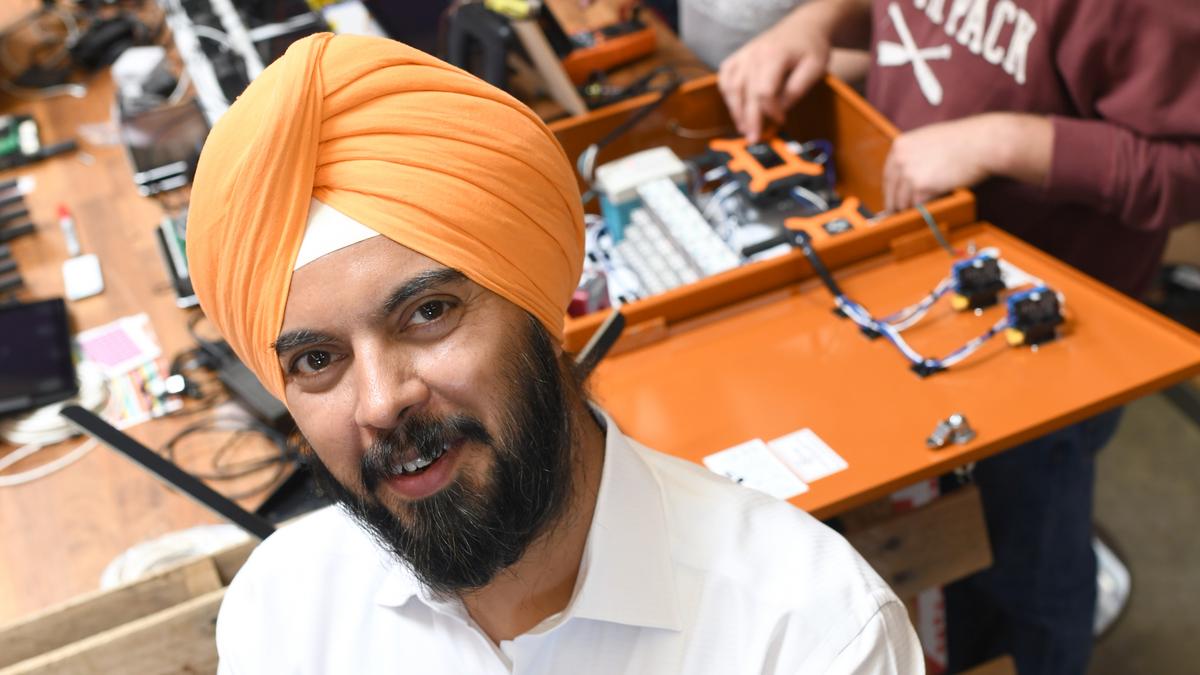Dondi Ebony, Senior Strategic Preparing Manager, FIS
The great news about monetary addition could be the constant decrease in unbanked grownups in the usa (U.S.) to simply 6.5 per cent of households in 2017, in accordance with the FDIC. Nevertheless, yet another 18.7 % had been underbanked, meaning the banked household acquired financial loans outside the bank operating system, commonly high priced payday advances.
The alarming news about monetary addition may be the not enough individual finance knowledge among many U.S. grownups – not just low-income customers. The 2019 TIAA P-Fin Index suggests that, on average, Americans replied only half (51 %) of economic literacy concerns properly.
Needs of financial addition rise above being banked
Financial addition is much more than having a banking account. It is having enough savvy that is financial to fall victim up to a period of financial obligation, to own sufficient savings to pay for an urgent cost, and also to have the knowledge to construct a credit rating that starts the door to credit whenever had a need to achieve essential objectives.
An easy spectrum of customers has to alter their economic habits but present efforts by some banking institutions and fintechs are dropping in short supply of helping customers attain health that is financial in accordance with Alex JimГ©nez a senior strategist at Zions Bancorp.
The existing efforts by banking institutions and fintech organizations addressing economic literacy with basic advice and unhelpful tools like “save the funds you’ll devote to a  cup coffee” are condemned. The main focus ought to be on easy-to-use tools that will help alter behavior.
cup coffee” are condemned. The main focus ought to be on easy-to-use tools that will help alter behavior.
Education, legislation and technology help development to monetary addition
Tech, economic training as well as legislation working together are giving support to the development to monetary addition and wellness. Tech expands access and provides potential that is great play a crucial role in affecting monetary choices.
- Almost ubiquitous cellular phone ownership within the U.S. allows usage of banking that is digital.
- Synthetic intelligence (AI) decreases monetary invisibility of this unbanked and solves ongoing challenges of “Know the Customer” rules.
- Digital identification technologies display display screen consumers price efficiently along with greater accuracy that is predictive see whether consumers be eligible for credit.
Just exactly exactly just How economic training and guidance are delivered makes a big difference between success and “so just just exactly what.” For instance, programs centering on uplifting communities that are whole changing scores of life
- Over a lot of community development finance institutions (CDFIs) offer literacy training and assistance that is technical small enterprises and first-time house purchasers for who they give you usage of financing.
- Investment in opportunity areas through an experienced Opportunity Fund can help significantly more than 7,000 communities that are underserved the U.S. while supplying income tax advantageous assets to investors.
- Since its inception in 1992, procedure HOPE’s award-winning style of community uplift has assisted an incredible number of people who have economic guidance. In the centre of HOPE is dedication by leading professionals to confront and re re re solve dilemmas around poverty and monetary well-being. As a consequence of guidance programs, customers measurably enhance their credit ratings and literacy that is financial reduce their debt while increasing their cost cost cost cost savings. In 2018, the portion of unbanked or clients that are underbanked from 29 to 9 %.
The CRA modernization initiative focuses on three goals: changing the definition of assessment areas to include digital banks that do business in an area, pushing back against predatory lenders and increasing the supply of affordable housing in communities in the regulatory arena.
Huge possibilities for natural development
Beyond “doing good” for communities they provide, finance institutions can provide areas they’ve usually regarded as too risky by using revolutionary onboarding technologies and tools that improve monetary behaviors and assist clients be creditworthy. The profits on return is well worth billions – according to your OCC, $90 billion in short-term, small-dollar loans annually, for beginners.
Jumpstart your entire day in just a matter of moments with fast snapshots of industry trends and perspectives that are leading right to you. Register for INCREASE right here.